Will A Milky Way Supernova Be Visible From Earth In The Next 50 Years?
MessageToEagle.com – Sometime during the next 50 years, a supernova occurring in our home galaxy will be visible from Earth. Astronomers have calculated the odds to be nearly 100 percent that such a supernova would be visible to telescopes in the form of infrared radiation.
A supernova is the explosion of a star. It is the largest explosion that takes place in space. There are many ancient records of how our ancestors watched these powerful star explosions.
On July 4, 1054 AD, a supernova that created the Crab Nebula was observed and recorded by Earth-bound chroniclers.
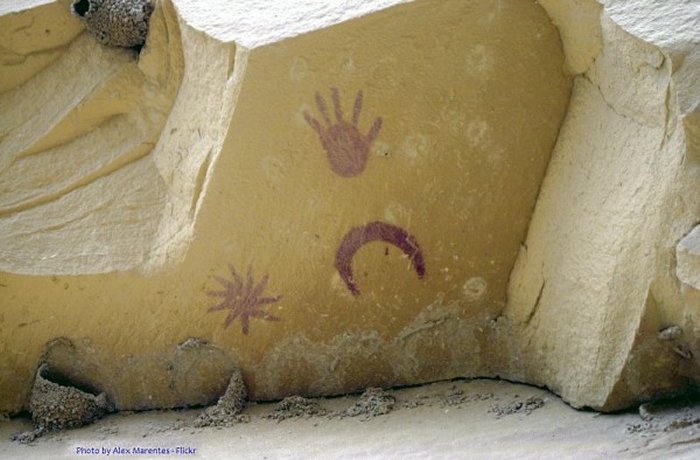
Chinese astronomers noticed a bright “guest” star near Tianguan, (now known asa Zeta Tauri) in the constellation of the Bull. They were first to document the massive supernova of the Crab Nebula created thousands of years ago and consisting of a huge expanding cloud of gas and dust 6,000 light-years from Earth.
It was the first supernova observation ever recorded.
There is also an ancient text written by Ibn Sina (980-1037 A.D), a Persian scientist and philosopher who was also very interested in medicine and astronomy that reveals sighting of SN 1006 that was the brightest supernova ever observed. So, observing a supernova is by no means impossibility.
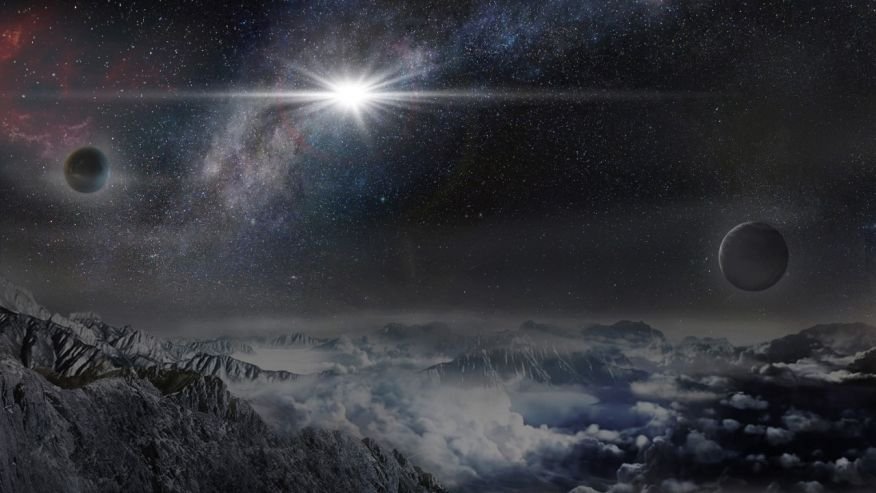
According to astronomers at the Ohio State University, we will soon see a similar star explosion.
For astronomers, it’s a solid chance to detect a supernova fast enough to witness what happens at the very beginning of a star’s demise.
They have sensitive detectors for neutrinos (particles emitted from the core of a collapsing star) and gravitational waves (created by the vibrations of the star’s core) which can find any supernova occurring in our galaxy.
See also:
Ancient Text Reveals Sighting Of SN 1006 – Brightest Supernova Ever Observed
First Supernova Observation Ever Recorded – On July 4, 1054 AD
Why Are Green Galaxies So Rare?
Earth’s Water Is Older Than The Solar System
“We see all these stars go supernova in other galaxies, and we don’t fully understand how it happens. We think we know, we say we know, but that’s not actually 100 percent true,” said Christopher Kochanek, professor of astronomy at Ohio State and the Ohio Eminent Scholar in Observational Cosmology.
“Today, technologies have advanced to the point that we can learn enormously more about supernovae if we can catch the next one in our galaxy and study it with all our available tools.”
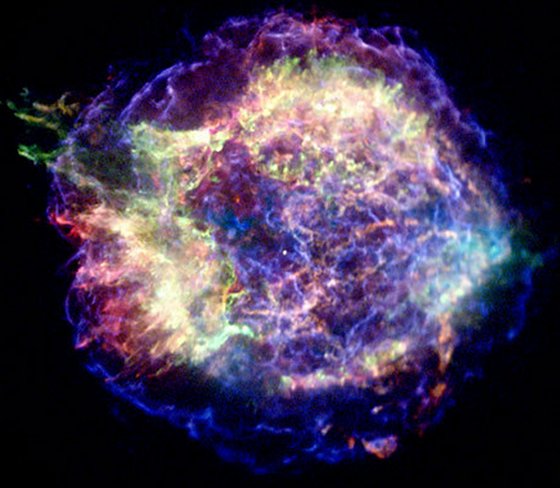
The question is whether we can actually see light from the supernova because we live in a galaxy filled with dust — soot particles that Kochanek compared to those seen in diesel truck exhaust — that absorb the light and might hide a supernova from our view.
According to doctoral student Scott Adams, soot dims the optical light from stars near the center of the galaxy by a factor of nearly a trillion by the time it gets to us. Fortunately, infrared light is not affected by this soot as much and is only dimmed by a factor of 20.
By balancing all these factors, the astronomers determined that they have nearly a 100 percent chance of catching a prized Milky Way supernova during the next 50 years.
MessageToEagle.com
Related Posts
-
 Powerful Auroras Of Jupiter Are A Mystery – New Data From NASA’s Juno Spacecraft Reveals
No Comments | Sep 6, 2017
Powerful Auroras Of Jupiter Are A Mystery – New Data From NASA’s Juno Spacecraft Reveals
No Comments | Sep 6, 2017 -
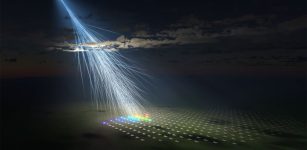 Second Highest-Energy Cosmic Ray Ever – Detected By Telescope Array
No Comments | Nov 25, 2023
Second Highest-Energy Cosmic Ray Ever – Detected By Telescope Array
No Comments | Nov 25, 2023 -
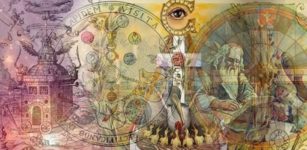 Rosicrucians: Facts And History About The Mysterious Secret Society
No Comments | Oct 20, 2016
Rosicrucians: Facts And History About The Mysterious Secret Society
No Comments | Oct 20, 2016 -
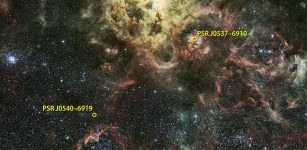 First Gamma-Ray Pulsar Detected In Another Galaxy
No Comments | Nov 14, 2015
First Gamma-Ray Pulsar Detected In Another Galaxy
No Comments | Nov 14, 2015 -
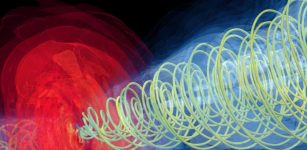 Jet From Giant Galaxy M87: Computer Modelling Explains Black Hole Observations
No Comments | Nov 5, 2021
Jet From Giant Galaxy M87: Computer Modelling Explains Black Hole Observations
No Comments | Nov 5, 2021 -
 China’s Chang’e 5 Probe Successfully Landed On The Moon’s Near Side
No Comments | Dec 2, 2020
China’s Chang’e 5 Probe Successfully Landed On The Moon’s Near Side
No Comments | Dec 2, 2020 -
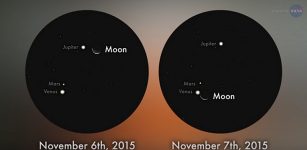 Beautiful Rare Close Encounter Of Venus, Jupiter And Mars: Last Time Until 2021
No Comments | Oct 27, 2015
Beautiful Rare Close Encounter Of Venus, Jupiter And Mars: Last Time Until 2021
No Comments | Oct 27, 2015 -
 NASA’s Swift, Fermi Missions Detect Exceptional Cosmic Blast
No Comments | Oct 17, 2022
NASA’s Swift, Fermi Missions Detect Exceptional Cosmic Blast
No Comments | Oct 17, 2022 -
 10 Great Space Images: Quizz: How Well Do You Know Your Space Photos?
No Comments | Nov 26, 2015
10 Great Space Images: Quizz: How Well Do You Know Your Space Photos?
No Comments | Nov 26, 2015 -
 World’s Largest Digital Sky Survey Delivers Biggest Astronomical Data Release Ever
No Comments | Jan 31, 2019
World’s Largest Digital Sky Survey Delivers Biggest Astronomical Data Release Ever
No Comments | Jan 31, 2019

